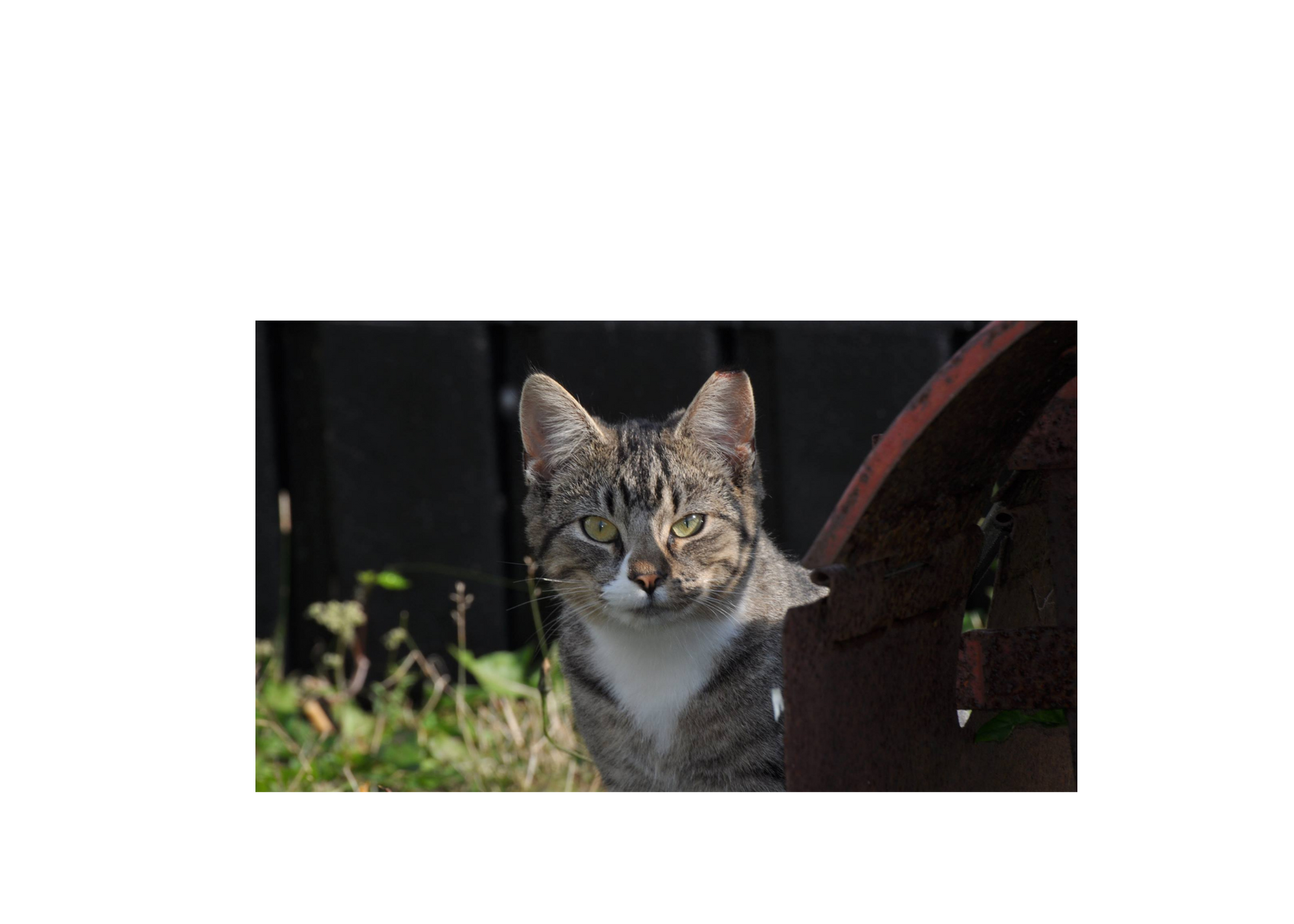Have you ever seen a cat sauntering around your neighborhood with the tip of one ear snipped off? Not the kind of wound you might see on a seasoned street campaigner, but a clean cut turning a triangle into an almost-rectangle. What does that mean? That cat is a TNR cat, which stands for Trap, Neuter, Release. It works just like it sounds. Feral cats are humanely trapped, taken to veterinary professionals to be spayed or neutered, ear tipped, allowed to heal under supervision of veterinary professionals, and released into their territory.
Why do people practice TNR? Why aren’t these cats kept at shelters until they are adopted? The answer is more complicated than one might think.
- Firstly, these cats are feral or semi-feral and would not adapt well to life as pets.
- TNR allows the cats to stay in their preferred territory.
- TNR discourages non-neutered cats from moving in.
- Spayed and neutered cats enjoy health benefits like reduced risk of multiple types of cancer.
- TNR cats don’t spray as much, if at all, and don’t yowl so much.
- TNR cats are less likely to be hostile to humans, pets, livestock, and each other.
- The main point of trapping, neutering, and releasing is to keep the population of feral cats down and keep the ones in your neighborhood sterile.
Intact cats will fill the area with litter after litter of kittens, many of which will be hit by cars, get sick, get killed by other animals, or die soon after birth. The reason these cats want to live in your neighborhood is because it provides at least sufficient food and shelter, so let’s be friends with these cats in a way that suits us both.
How can you help any TNR cats near you?
- Take notice of their physical condition. If you see one limping or looking bedraggled when they’re usually clean, report it to a vet or shelter.
- Don’t try to trap them yourself. A feral cat will not hesitate to defend itself and capture by non-professionals can harm the cat.
- If you often see feral cats on or around your property, consider building a “cat house.” These are like smaller versions of outdoor dog houses that provide shelter and warmth in the winter.
- Consider placing food near where you see them hanging out. That way it will be more likely to be eaten by the cats instead of pests like raccoons.
If you see a cat roaming your neighborhood without an ear snip, call a shelter or animal control because that one might be a stray looking for home. Lost house cats are in danger not only from the elements and predators, but feral cats might take issue with an intruder. Check out our stories on our website. If you want to donate, check out more information about our needs here. We value whatever you can give, whether it’s money, bags of food, driving services, waste bags, referrals to donors, and more. Thank you for helping us show love to animals in need and their humans.
Sarah Wright, Paw Pet Pantry guest blogger sarahwrites.net


Comments are closed